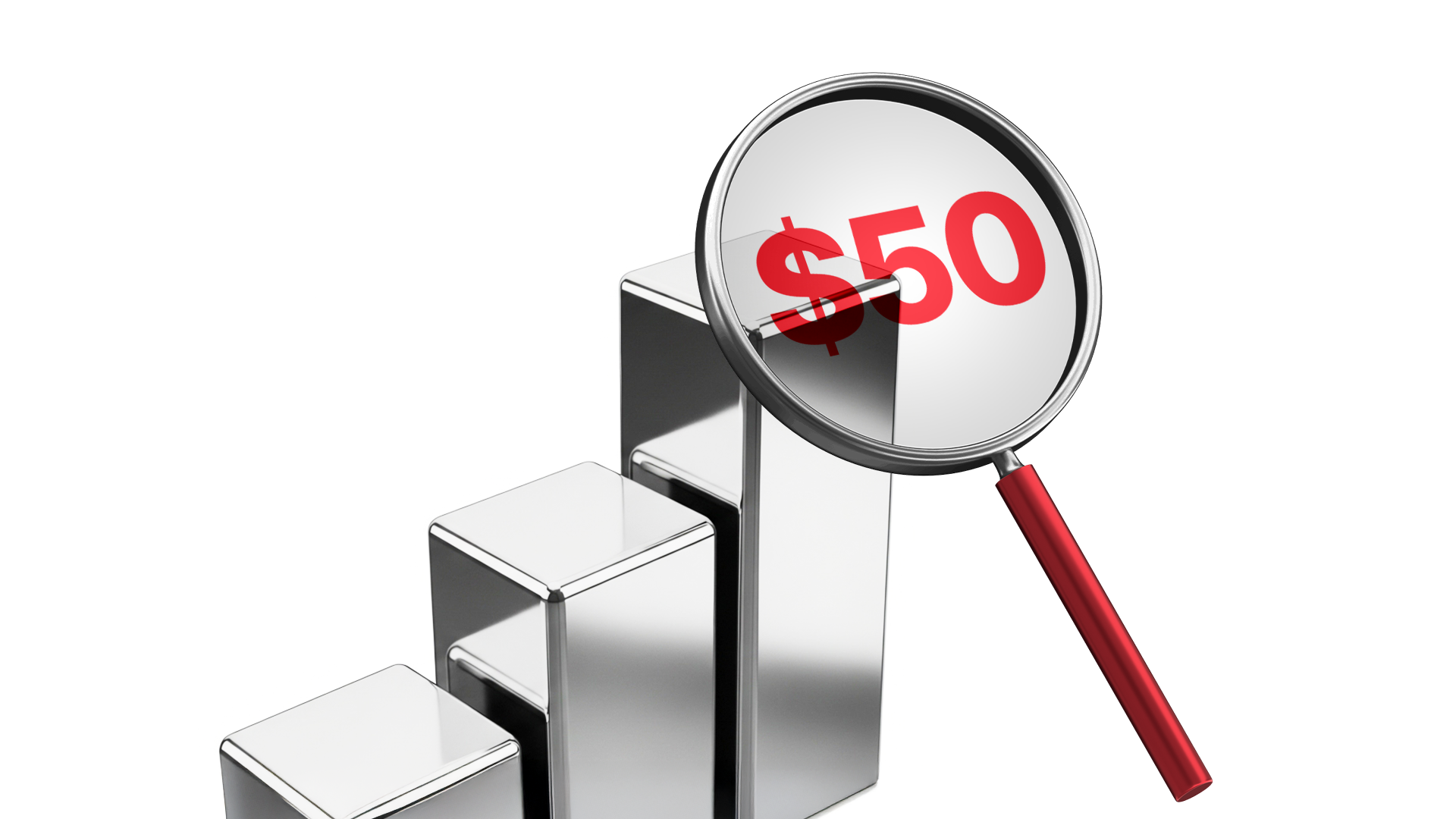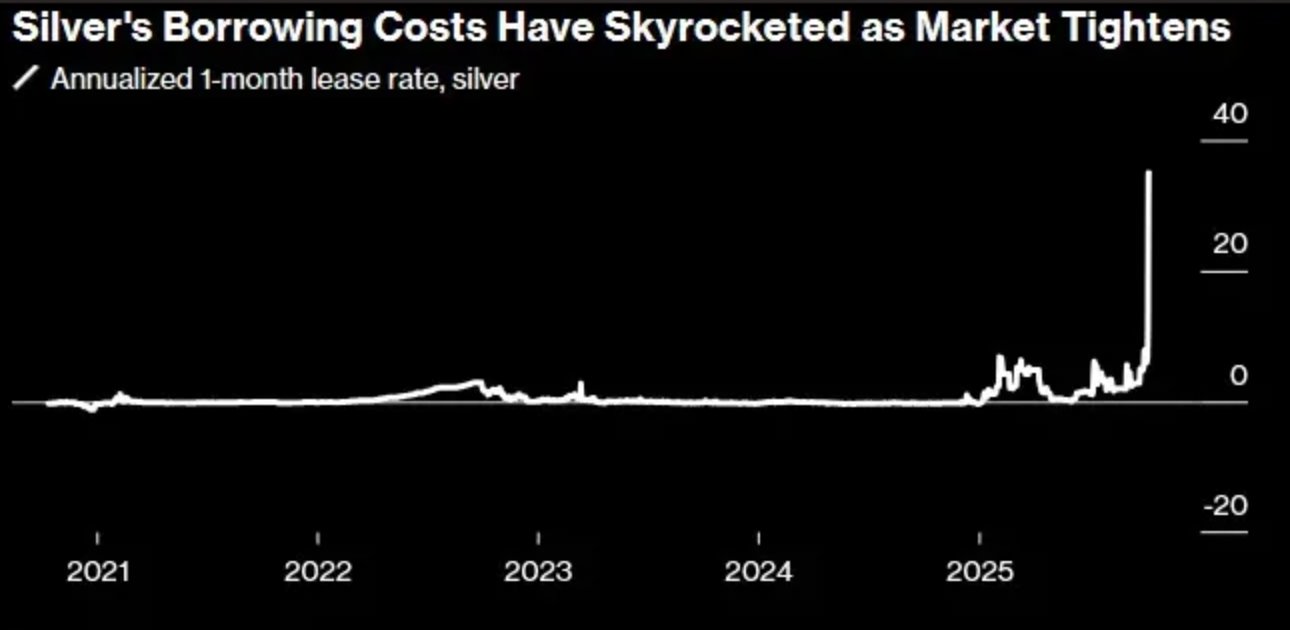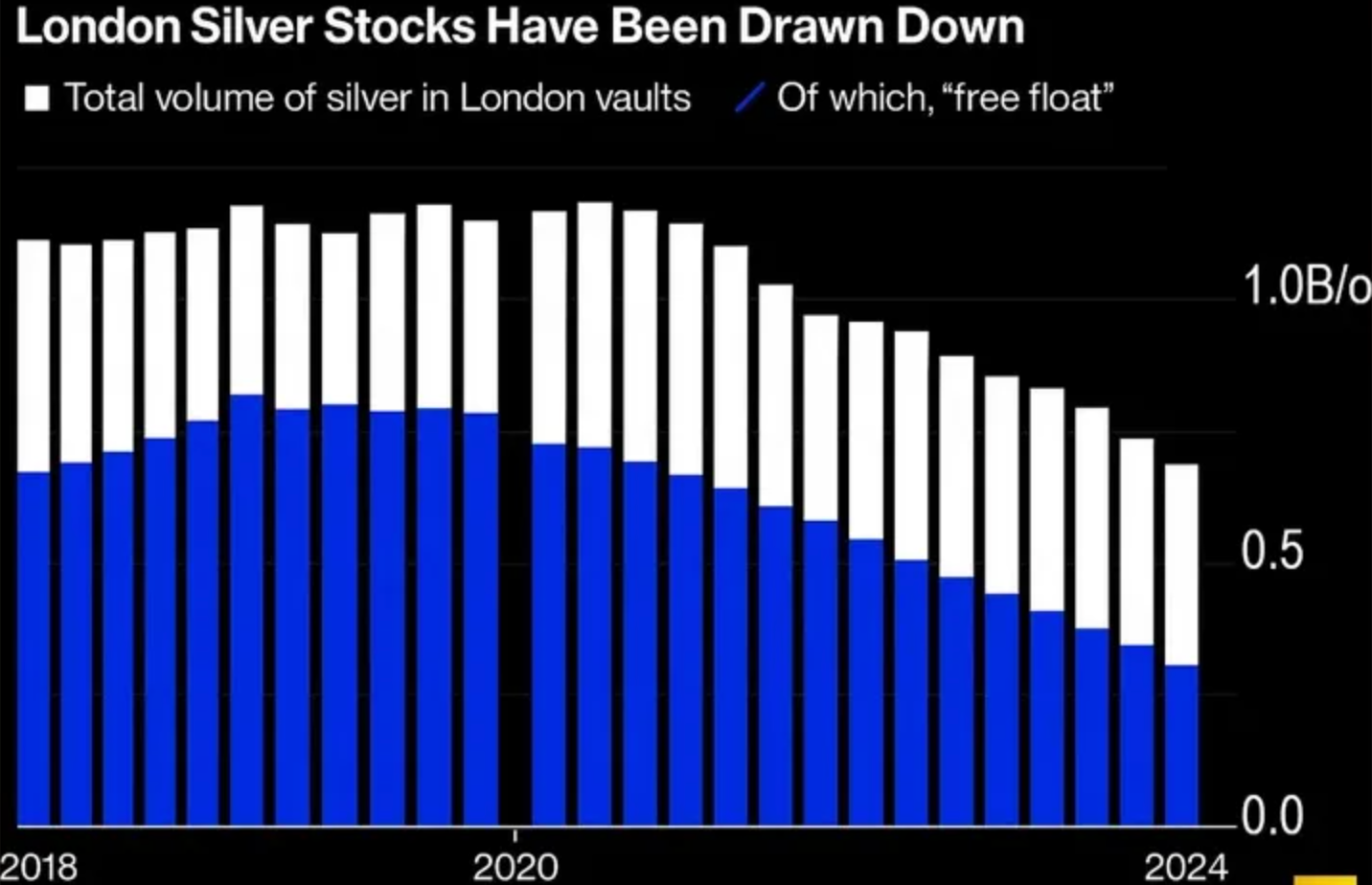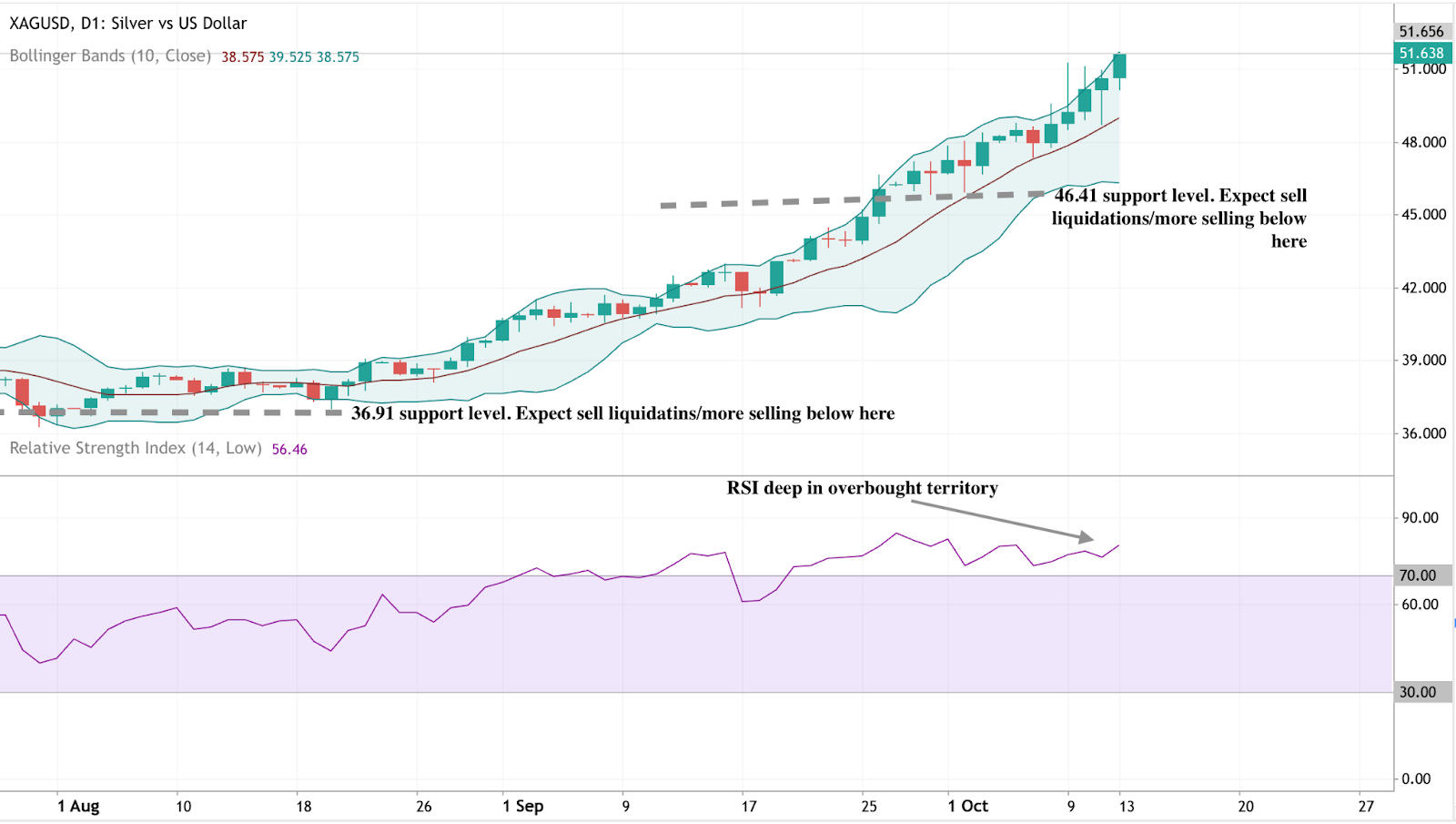Why silver prices broke $50 for the first time since 1980

Recent reports show that Silver prices broke $50 per ounce in 2025 because of an intense short squeeze, collapsing inventories, and a wave of safe-haven investment inflows triggered by expectations of Federal Reserve rate cuts. The move was fuelled by tightening supply in London’s bullion market, where liquidity dried up and traders were forced to cover massive short positions.
At the same time, investors poured record sums into silver-backed exchange-traded funds (ETFs) as inflation worries and tariff tensions pushed demand for hard assets higher. The result: the strongest silver rally in over four decades, though analysts warn its smaller, less liquid market leaves it vulnerable to violent swings.
Key takeaways
- A record short squeeze in London sent silver above $50, its highest level since 1980.
- Inventories in London are down 75% since 2019, tightening supply as demand outpaces mine output.
- ETF inflows into silver are at their highest level since 2020, reflecting rising investor appetite for hard assets.
- Goldman Sachs expects silver to rise further in the medium term but warns of short-term volatility and risk of sharp pullbacks.
- Industrial demand from solar and electronics remains supportive, but substitution with copper is limiting upside potential.
- Silver’s smaller, less liquid market - roughly one-ninth the size of gold’s - amplifies every investor move.
Drivers behind the breakout: Silver short squeeze explained
According to Goldman Sachs, silver’s price rally has been fuelled primarily by private investment flows, the same dynamics boosting gold as markets prepare for an era of lower U.S. interest rates. According to the bank’s modeling, every 1,000 metric tonnes of new silver bought adds roughly 1.6% to prices. But this time, the move has been supercharged by structural supply tightness and a massive short squeeze.
Liquidity in London’s bullion market has collapsed, forcing traders to pay record borrowing costs to roll short positions.

At one point, London spot silver traded at a $3 premium to U.S. futures - a spread unseen even during past crises. Some traders reportedly flew silver bars by air cargo from the U.S. to the U.K. to take advantage of the price gap - a rare phenomenon for silver and more common in the gold market.
London silver inventories have dropped by 75% since 2019, with freely available stock (“free float”) down to around 200 million ounces.

Strong Indian imports, fears of U.S. tariffs on critical minerals, and safe-haven flows amid U.S. fiscal and geopolitical tensions have compounded the squeeze.
Silver ETF inflows add to the volatility
The gold market is valued at about $450 billion, while silver’s market is only around $50 billion - making it nine times smaller and far more sensitive to capital flows. This means even moderate inflows or outflows can create violent price swings.
Gold’s price stability is partly supported by central bank demand, which silver lacks. Central banks have been net buyers of gold for 15 consecutive quarters, giving the yellow metal structural support even when investor sentiment cools. Silver, in contrast, relies almost entirely on private and speculative investment demand, making it prone to sharper corrections.
Goldman Sachs expects silver’s medium-term trajectory to remain positive but warns that short-term volatility could exceed gold’s by a wide margin. The bank identifies two key risks that could trigger a temporary correction:
- ETF inflows are slowing after a rapid growth during Fed easing cycles.
- Delayed restocking of London inventories if traders postpone shipments due to tariff investigations in the U.S.
Silver Industrial demand: a mixed picture
While silver’s industrial use in solar panels, electronics, and data centres provides a base of demand, analysts caution that the story isn’t entirely bullish.
Solar expansion is slowing, and manufacturers are increasingly replacing silver with cheaper copper to reduce costs. Goldman Sachs notes that while industrial use remains important, it is no longer the main long-term growth driver for prices.
However, silver’s dual role as both an industrial metal and a safe-haven asset has amplified its momentum. As Ewa Manthey, commodities strategist at ING, explains:
“Its dual role has amplified the rally, making 2025 a historic year for silver.”
Silver price forecast: Powell, inflation, and the path to $55
Traders are watching Fed Chair Jerome Powell’s speeches on October 14 and 16, along with U.S. PPI, retail sales, and unemployment data. If Powell signals that rate cuts are imminent, silver could extend its parabolic run beyond $55.
Conversely, a hawkish tone or stronger economic data could trigger a pullback as momentum traders unwind positions. In essence, silver’s path forward now depends less on mine output and more on global liquidity, Fed communication, and investor psychology.
Silver Investment implications
For traders and portfolio managers, the 2025 silver market represents both opportunity and risk.
- Short-term: Watch for volatility around key macro events like Fed speeches and U.S. inflation data. Rapid rallies could be followed by swift corrections.
- Medium-term: The underlying supply deficit and investor appetite suggest a positive trajectory, but position sizing and timing remain critical.
- Long-term: Structural tightness, slower mine output, and the dual industrial–investment appeal may support higher average prices through 2026.
Silver’s breakout above $50 has placed it back at the centre of the global commodities story. Whether it stabilises above that level or retraces in the months ahead will depend less on mining and more on how much confidence - or caution - investors bring to the table next.
Silver price technical insights
At the time of writing, Silver is going parabolic with bullish pressure evident on the daily chart - hinting at a potential higher highs. However, prices are touching the upper boundary of the Bollinger band, hinting at a potential price reversal. The price reversal narrative is also supported by the RSI rising deep into overbought territory. If we see silver price exhaustion and subsequent drawdown, prices could find support at the $46.41 and $36.91 price levels.

Deriv traders: capturing opportunity in silver’s volatility
Silver’s explosive return to $50 has opened fresh opportunities for Deriv traders seeking to trade short-term volatility or long-term momentum.
On Deriv MT5, traders can access silver (XAG/USD) with tight spreads and leveraged exposure, allowing for flexible strategies across spot and CFD positions.
- Scalpers and intraday traders can explore short-term swings using MT5’s advanced charting and automated trading tools.
- Swing and position traders can use derivatives to capture directional momentum as the market tests the $47–$55 range.
In addition, Deriv Trader offers an intuitive platform for those preferring simplified contracts - such as Up/Down trades on silver price movements - with clear potential outcomes and defined risk.
For those tracking correlations, silver’s behaviour has increasingly mirrored gold and Bitcoin, offering hedging opportunities and cross-market diversification for multi-asset portfolios within the Deriv ecosystem.
Using Deriv’s trading calculator can help traders manage risk effectively during silver’s heightened volatility, especially when trading leveraged instruments.
The performance figures quoted are not a guarantee of future performance.



